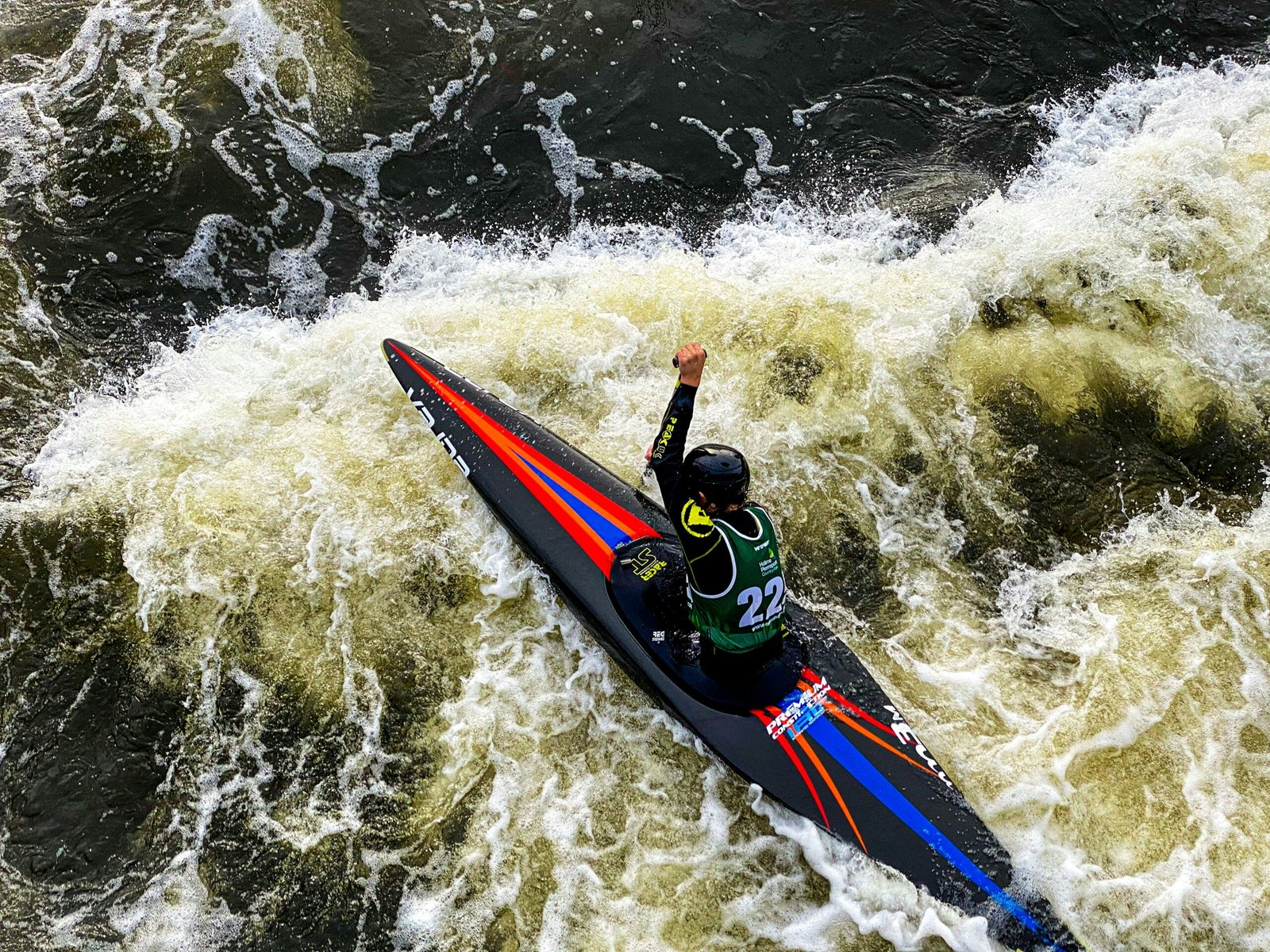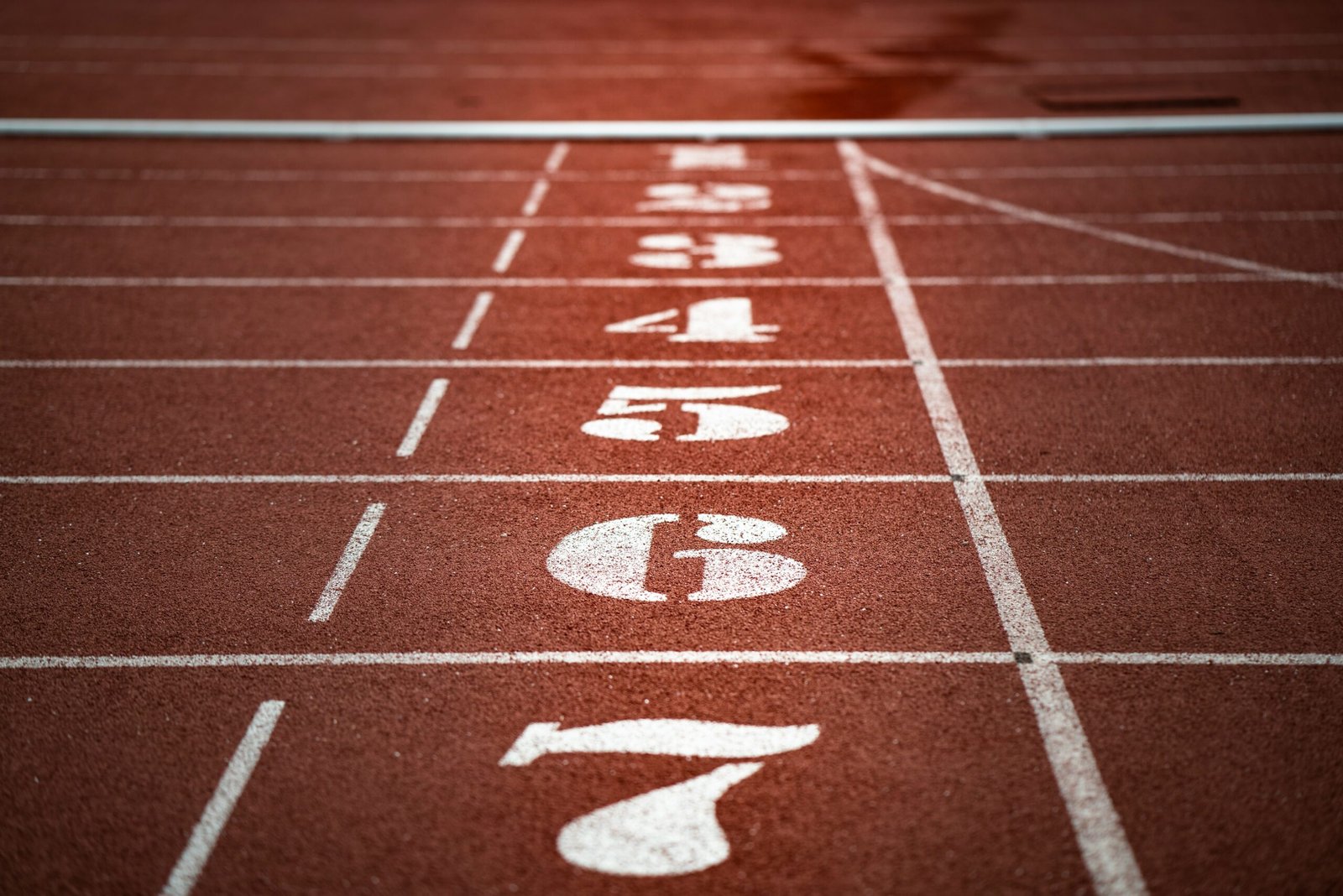
The Exciting Sport of Canoe Slalom at the 2024 Olympic Games
The Canoe Slalom event is one of the most thrilling and challenging sports at the Olympic Games. It combines speed, precision, and agility as athletes navigate through a series of gates on a whitewater course. The sport requires a unique blend of technical skill, physical strength, and mental focus. In this article, we will explore the history of Canoe Slalom, the rules of the event, and the top contenders to watch out for at the 2024 Olympic Games.
Canoe Slalom, also known as Whitewater Slalom, has a rich history dating back to the early 20th century. It originated in Europe, where it quickly gained popularity among outdoor enthusiasts. The first official Canoe Slalom competition took place in Switzerland in 1932, and it was included as an Olympic sport for the first time in 1972. Since then, it has captivated audiences around the world with its thrilling displays of skill and athleticism.
The Canoe Slalom course is designed to test the athletes’ ability to navigate turbulent whitewater while maneuvering their canoes or kayaks through a series of gates. The gates are color-coded, with green gates indicating that the athletes must pass through them downstream, and red gates indicating that they must pass through them upstream. The course is set with a combination of upstream and downstream gates, challenging the athletes to make split-second decisions and execute precise maneuvers.
At the 2024 Olympic Games, the Canoe Slalom event will feature both men’s and women’s competitions. Each competition will consist of four runs, with the best three runs counting towards the final standings. The athletes will compete against the clock, and time penalties will be incurred for touching or missing gates. The athlete with the fastest time, including penalties, will be declared the winner.
There are several top contenders to watch out for at the 2024 Olympic Games. In the men’s competition, Slovakia’s Michal Martikan is a name that stands out. Martikan is a legend in the sport, having won multiple Olympic medals, including gold in 1996 and 2008. He is known for his technical prowess and ability to navigate the most challenging whitewater courses with ease.
In the women’s competition, Australia’s Jessica Fox is a force to be reckoned with. Fox is a dominant figure in Canoe Slalom, with numerous World Championship titles to her name. She has consistently performed at the highest level and is known for her speed and precision on the water.
As the 2024 Olympic Games approach, anticipation for the Canoe Slalom event is building. Fans around the world are eagerly awaiting the opportunity to witness the incredible skill and athleticism of the athletes as they navigate the challenging whitewater course. With a rich history, intense competition, and top contenders vying for gold, the Canoe Slalom event is sure to be a highlight of the Olympic Games.
Since its official recognition by the International Canoe Federation (ICF) in 1949, Canoe Slalom has continued to grow in popularity and evolve as a competitive sport. The sport’s inclusion in the Olympic Games in 1972 further solidified its status as a top-tier athletic endeavor.
Canoe Slalom is a thrilling and visually captivating sport that combines speed, precision, and technical skill. Competitors navigate a series of gates, which are suspended above the water, in a designated course. The gates are color-coded, with green indicating that the paddler must pass through downstream and red indicating an upstream gate. The objective is to complete the course in the fastest time possible while correctly passing through all the gates without incurring penalties.
Over the years, Canoe Slalom has seen advancements in equipment and training techniques, allowing athletes to push the boundaries of what was once thought possible. Paddlers now use specially designed canoes and kayaks that are lightweight, maneuverable, and built to withstand the rigors of the sport. They also wear protective gear, including helmets and life jackets, to ensure their safety during the intense competition.
Today, Canoe Slalom is practiced and enjoyed by athletes of all ages and skill levels around the world. It has become a beloved pastime for outdoor enthusiasts and a highly competitive discipline for elite athletes. The sport continues to captivate audiences with its combination of athleticism and grace, as paddlers navigate the challenging course with speed and precision.
In addition to its Olympic status, Canoe Slalom has its own World Championships, which are held annually. These championships bring together the best paddlers from around the globe to compete for the prestigious title of world champion. The event showcases the incredible talent and dedication of the athletes, as they navigate demanding courses and push the limits of their abilities.
Canoe Slalom has also become a popular spectator sport, with fans gathering to watch the thrilling races and cheer on their favorite athletes. The sport’s exciting and unpredictable nature, combined with the stunning backdrop of natural waterways, makes for a captivating viewing experience.
As Canoe Slalom continues to evolve and gain recognition, it is likely that the sport will attract even more participants and fans in the years to come. With its rich history, thrilling competitions, and passionate community, Canoe Slalom is sure to remain a prominent and beloved sport in the world of paddling.
The Rules of Canoe Slalom
Canoe Slalom takes place on a whitewater course, usually on a river or artificial channel. The course is marked with a series of gates, which are either green or red. The green gates are to be passed through in a downstream direction, while the red gates require the athletes to paddle upstream.
The objective is to complete the course in the fastest time possible while successfully navigating through all the gates. Each gate consists of two poles suspended over the water, and the athletes must pass through them without touching or displacing them. Touching a gate results in a time penalty, while displacing a gate incurs a more significant penalty.
Canoe Slalom is a sport that requires a combination of technical skill, physical strength, and mental focus. Athletes must have precise control over their boats and paddles to maneuver through the challenging whitewater course. They need to read the water and anticipate its movements to make split-second decisions on the best line to take.
As the athletes navigate the course, they must constantly adjust their body position and paddle strokes to maintain balance and control. They use a variety of techniques, such as edging, bracing, and leaning, to stay upright and navigate through the gates with speed and precision.
In addition to the technical aspects, Canoe Slalom also requires athletes to be physically fit. The intense paddling and maneuvering through the rapids require strength and endurance. Athletes need to have strong core muscles to maintain stability in their boats and generate power in their strokes. They also need good cardiovascular fitness to sustain their effort throughout the race.
Canoe Slalom is a highly competitive sport, with athletes from around the world vying for top honors. The Olympic Games showcase the pinnacle of Canoe Slalom competition, where athletes compete in various events. The men’s and women’s single kayak (K1), the men’s double kayak (C2), and the men’s single canoe (C1) are the different events included in the Olympic Games.
Each event follows the same basic rules, but the athletes use different types of boats and paddles. The single kayak (K1) event features athletes paddling solo in a kayak, using a double-bladed paddle. The double kayak (C2) event involves two athletes paddling together in a kayak, also using a double-bladed paddle. The single canoe (C1) event requires athletes to paddle solo in a canoe, using a single-bladed paddle.
Canoe Slalom is a thrilling and challenging sport that combines technical skill, physical strength, and mental focus. It requires athletes to master the art of navigating through whitewater rapids while maintaining balance, speed, and precision. The Olympic Games provide a platform for these skilled athletes to showcase their abilities and compete for glory on the world stage.
4. Ricarda Funk (Germany)
Ricarda Funk is a German Canoe Slalom athlete who has been making waves in the sport. She burst onto the scene in 2017 when she won the gold medal in the K1 event at the World Championships. Since then, Funk has consistently performed at a high level, winning multiple World Cup titles and securing podium finishes in major competitions.
Funk’s aggressive and powerful paddling style sets her apart from her competitors. She attacks the course with determination and precision, navigating the gates with speed and agility. Her ability to maintain a fast pace throughout the race makes her a formidable contender for the gold medal at the 2024 Olympic Games.
5. Benjamin Savšek (Slovenia)
Benjamin Savšek is a Slovenian Canoe Slalom athlete who has been a consistent presence at the top of the sport. He won the gold medal in the C1 event at the 2020 Tokyo Olympics and has also achieved success in other major competitions, including winning World Championships and World Cup titles.
Savšek’s technical prowess and strategic approach to the sport make him a formidable opponent. He meticulously plans his runs, analyzing every detail of the course to find the fastest and most efficient lines. His ability to execute his plans with precision and control gives him a strong chance of standing on the podium at the 2024 Olympic Games.
6. Maialen Chourraut (Spain)
Maialen Chourraut is a Spanish Canoe Slalom athlete who has proven herself to be a force to be reckoned with. She won the gold medal in the K1 event at the 2016 Rio Olympics and has consistently performed at a high level in major competitions.
Chourraut’s technical skills and ability to read the water set her apart from her competitors. She has a keen understanding of how to navigate the gates and make split-second decisions to maintain her speed and momentum. With her experience and determination, Chourraut is a strong contender for a medal at the 2024 Olympic Games.
These athletes, along with many others, will undoubtedly bring their A-game to the Canoe Slalom competition at the 2024 Olympic Games. With their exceptional skills, determination, and years of training, they will showcase the best of the sport and provide spectators with thrilling moments of intense competition.




